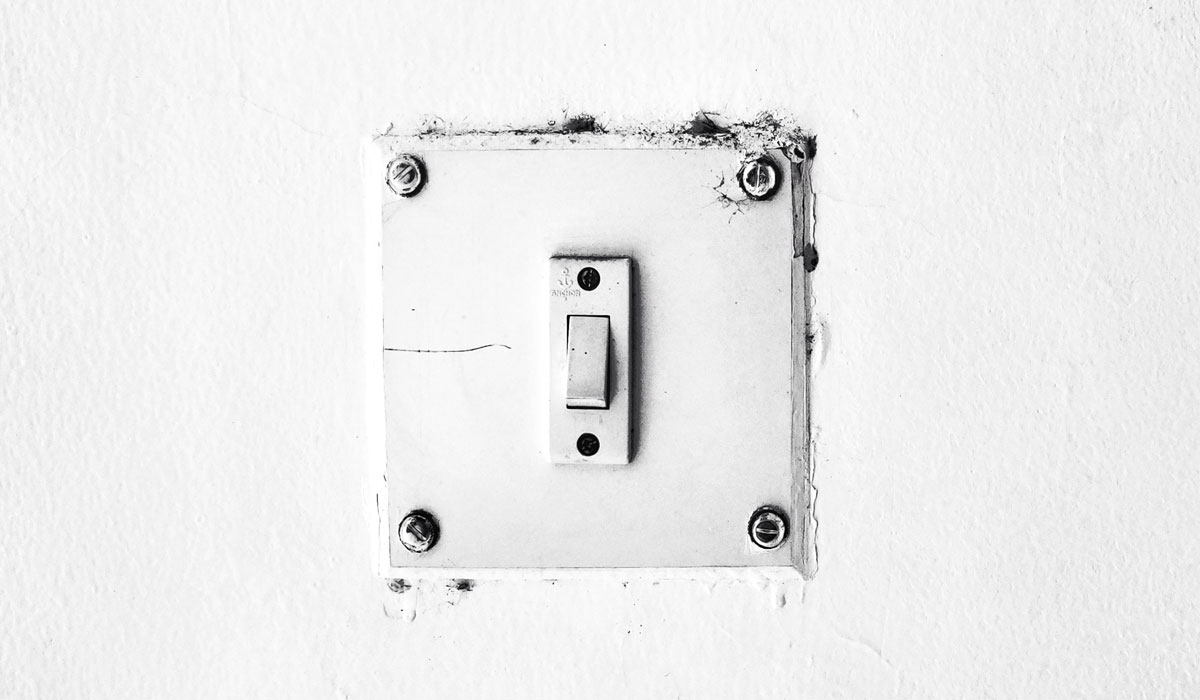Downtime is a disastrous word for a restaurant. No matter what caused it, when downtime strikes, restaurants lose business—often thousands of dollars in a single day—and that loss can be difficult or impossible to make up, even when operations restart quickly. To protect against these losses, proactive restaurant owners and managers take steps to monitor factors that are under their control, and keep their eyes and ears open to factors outside of their control that could develop into downtime situations.
One factor that is often overlooked is the risk of power surges and spikes to the business. When downtime is the result of a power surge, the consequences can be much worse than a power outage, and much longer-lasting. Surges can damage or completely destroy sensitive electronic equipment such as POS and security systems, causing data losses, and resulting in downtime while the systems are repaired or replaced. When the POS system stops functioning, you can’t take orders or process payments. If a critical system such as a fire alarm or HVAC controller is damaged, it may not be possible to operate until it is repaired and inspected. If refrigeration or frozen storage area controllers are damaged, this can result in spoiled food and beverage inventories and additional losses. If security systems are affected, the business could be exposed to losses or even liability. Insurance may cover replacing equipment, it may not cover the troubleshooting and installation costs, or the lost business until operations can resume.
While sources of electrical surges are often out of the control of management, there are proactive steps that will protect vulnerable systems from most surge events, reducing operational and financial risks.
Surge Sources and Effects
Surges can come from outside a facility from lightning strikes, but also from switching functions in the electrical supply grid, or from the activities of neighbors such as welding. Surges can also be generated inside a restaurant’s own building when large pumps, fans, or HVAC equipment powers on and off. Power spikes can also easily enter data and telecom lines (including phone, cable or satellite systems, local area networks <LAN>, etc.) just as they can through the electric power lines. Because they are connected to the supply power, all electronic systems are at risk of damage caused by power surges—not only from the large, noticeable surges, but also from the many smaller surges that normally pass by unnoticed every day.
Large surges caused by nearby lightning strikes and other dramatic events are an obvious hazard, and can cause almost immediate and total failure of all connected electrical equipment.
The smaller, less noticeable daily surges may seem less dangerous, but they have a cumulative damaging effect that can decrease electronic device reliability and shorten the lifespan of electronic systems such as POS terminals, alarm panels, and reservation and inventory management systems over an extended period of time.
While not normally connected directly to the incoming power, distributed network and communications cabling that lets POS systems, for example, get credit authorizations may cause additional risks, because electrical current can jump to these cables via accidental contact or due to device malfunctions and can be carried directly into other sensitive elements of the system. This is a particular concern for any system with electrical devices or connections that lead outdoors, such as phone systems and satellite video antennas.
Protecting systems from surge damage
To shield these essential systems, surge protection devices (SPDs) should be installed on every potential electrical pathway to ensure they are guarded. Today, a wide range of SPDs are available to match the needs of any installation. Many SPD models are designed for incoming power, of course, but there are also models that are specifically tailored for other electrical pathways, including networking connections such as Category cables, PoE cables, and HDMI video cabling. These specialized protectors are ideal for restaurants that depend on electronic menu boards, entertainment TV displays, and similar systems.
Once installed, SPDs protect the connected system from large, externally generated surge events, as well as from the smaller, daily surge events that are generated by machinery startups, welding, HVAC systems, and many other common internal and nearby external sources.
In the course of doing their job, SPDs will eventually sacrifice themselves, and no longer provide protection. They may have absorbed a large surge, or many small ones that caused the unit to degrade over time. Either way, once an SPD has ceased functioning, the expensive and sensitive electronic system it was protecting is now fully exposed to power surges again.
Many SPDs have some kind of indicator, usually LEDs, that change from green to red or flash when the SPD has reached the end of its life. To ensure continuing protection, management must either put a regular inspection program in place to check that the installed SPDs are still functioning, or management can choose to install an SPD with enhanced capabilities such as an audible alarm or some other type of notification. These enhanced SPDs will call attention to themselves when needed, much like residential smoke detectors sound an alarm when their battery runs low.
The Bottom Line
Damaging electrical surges are a part of modern life, whether we notice them or not. Restaurant owners and managers can take proactive action to protect sensitive electronic systems from the damaging effects of surges—reducing business risk and potentially saving substantial money in damaged equipment, lost sales, and lost food inventory. To protect yourself, it is important to learn more about SPDs and how they protect against this silent business threat.
Anthony Knighton is graduate from Florida State University with a BS in business management. As a Field Sales Engineer for DITEK, he has the opportunity to consult with Electrical and Security companies about the need for surge protection in their design applications.













